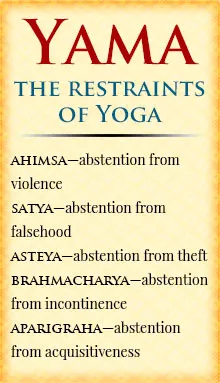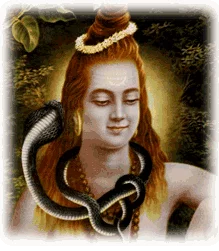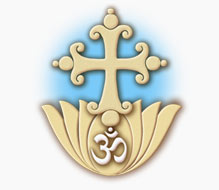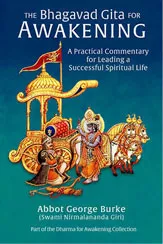 This important subject is a Commentary on Sutras 29 and 30 of Book Two of the Yoga Sutras of Patanjali
This important subject is a Commentary on Sutras 29 and 30 of Book Two of the Yoga Sutras of Patanjali
Yoga Sutras 2: 29. Self-restraints [yama], fixed observances [niyama], posture [asana], regulation of breath [pranayama], abstraction [pratyahara], concentration [dharana], contemplation [dhyana], trance [samadhi] are the eight parts (of the self-discipline of Yoga).
These eight “limbs” (angas) of yoga will now be considered in detail. I will be presenting sections from The Foundations of Yoga regarding them.
Yoga Sutras 2: 30. Vows of self-restraint [yama] comprise abstention from violence [ahimsa], falsehood [satya], theft [asteya], incontinence [brahmacharya] and acquisitiveness [aparigraha].
Non-injury: The first precept of Yama
Ahimsa: non-violence, non-injury, harmlessness
In his commentary on the Yoga Sutras, Vyasa begins his exposition of ahimsa: “Ahimsa means in no way and at no time to do injury to any living being.” “In no capacity and in no fashion to give injury to any being,” says Shankara. This would include injury by word or thought as well as the obvious injury perpetrated by deed, for Shankara comments: “Ahimsa is to be practiced in every capacity–body, speech, and mind.”
Even a simple understanding of the law of karma enables us to realize the terrible consequences of murder for the murderer. As Vyasa explains: “The killer deprives the victim of spirit, hurts him with a blow of a weapon, and then tears him away from life. Because he has deprived another of spirit, the supports of his own life, animate or inanimate, become weakened. Because he has caused pain, he experiences pain himself…. Because he has torn another from life, he goes to live in a life in which every moment he wishes to die, because the retribution as pain has to work itself right out, while he is panting for death.”







